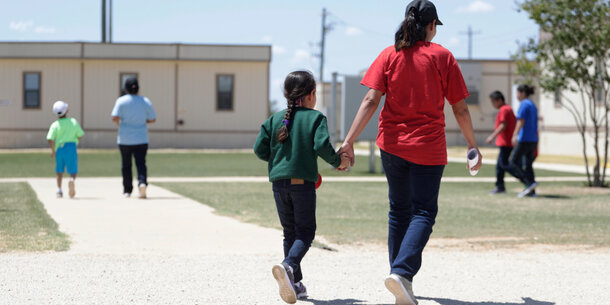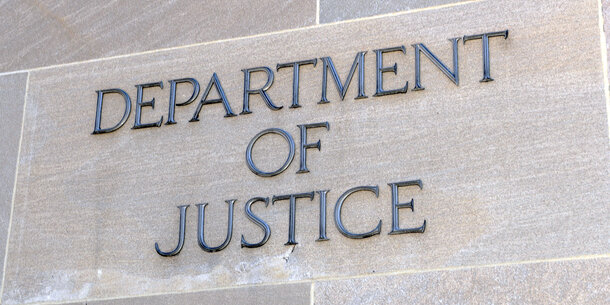Last spring, Covid-19 brought into sharp focus the abhorrent conditions in our overcrowded jails and prisons. There was hope that we might finally begin to decarcerate, sending home people for whom there is no good public safety reason to be locked up. That unfortunately did not happen, despite hundreds of thousands of infections and thousands of deaths among incarcerated people.
After reaching historical lows in the middle of 2020, by November, many jail populations across the country returned to their pre-pandemic levels. The result is a severe and urgent danger to both everyone behind bars and the surrounding communities, and it is a public health necessity to vaccinate everyone in jails as soon as possible.
People who are incarcerated have been largely left out of the vaccine eligibility process. A New York judge recently ruled that the state must immediately begin to offer the vaccine to all incarcerated people in the state’s prisons and jails after they had been arbitrarily left out. Now, some or all people in prison are vaccine-eligible in 37 states plus DC, while 21 states and DC have similar rules for people in local jails.
One year ago this week, Michael Tyson was the first person incarcerated at New York City’s Rikers Island to die from Covid-19. Since then, virtually nothing has changed for those behind bars. There are still too many people like Tyson held in jails for noncriminal technical violations of parole, like missing a drug treatment class. As of February, more than 1,100 people were still in New York’s jails for such reasons.
Jails are a central locus of infection and spread, not only because of poor conditions, but because of the enormous churn of people through their doors. Social distancing is nearly impossible. Individuals sleep dozens to a room, share bathrooms and showers, and often receive inadequate medical care. Outbreaks in jails have fueled further community spread, as people detained for short periods of time, staff who work there, and visitors and volunteers carry the virus beyond the jail walls.
In June 2020, the situation looked somewhat promising. Thanks to pressure from families and advocates, local officials made efforts to “flatten the curve” and reduce jail populations. A coalition of at least 30 elected prosecutors called for their peers to release people deemed nonthreatening to society. Others followed Baltimore State’s Attorney Marilyn Mosby’s lead, who in mid-March announced that her office would dismiss pending charges against anyone arrested for a number of low-level offenses. And by mid-April, Chicago’s Cook County Jail had released 1,300 people — roughly 25 percent of its population — when prosecutors, defense attorneys, and the sheriff agreed to release some pretrial detainees.
Many wondered if these actions would stick. But populations in four of the nation’s biggest jail systems — Houston, New York, Los Angeles, and Chicago — are now either higher or just as high as they were prior to the pandemic. This has been primarily driven by the steep increase in the number of people held pretrial, often because they are unable to pay bail.
Although national statistics describing the full scope of Covid-19 infection in jails are hard to come by, some jurisdictions shed light on the current scale of the problem. In Los Angeles, nearly 4,300 people in jail and nearly 3,000 staff have tested positive since the inception of the pandemic. In Maricopa County, Arizona; Orange County, California; Philadelphia; Chicago; and New York, cumulative cases among incarcerated people total nearly 9,000, according to UCLA’s Covid Behind Bars project.
To be sure, violent or gun-related crime has risen in some places over the last year, and so too has the proportion of people held for more serious charges — a population that was excluded from early 2020 efforts to decarcerate. Researchers have speculated that this rise was due to a perfect storm of factors, including economic decline and increases in unemployment, a surge in firearm ownership, and mental health effects such as isolation, hopelessness, and loss. More needs to be done to understand the root causes of this rise, and interventions beyond punitive criminal justice responses must target these drivers.
The dangers posed by Covid-19 could have accelerated efforts to unwind mass incarceration. But the threat of the virus — to people in jail, the staff who work there, and the communities both return to — endures. What’s more, the pandemic further exacerbates existing racial and ethnic disparities in both the criminal justice and healthcare systems, requiring more radical approaches to ensure that these disparities do not persist. This makes vaccination efforts in jail facilities all the more urgent.




